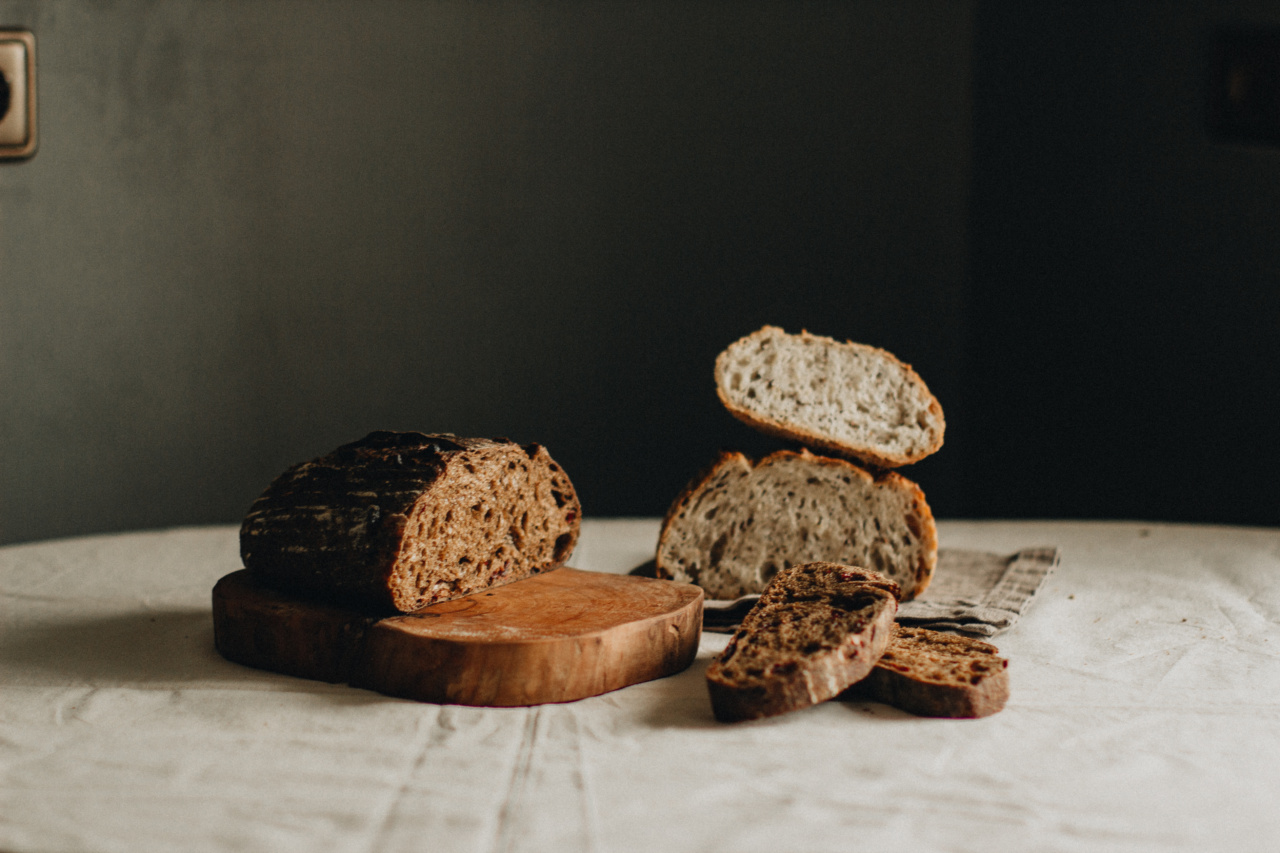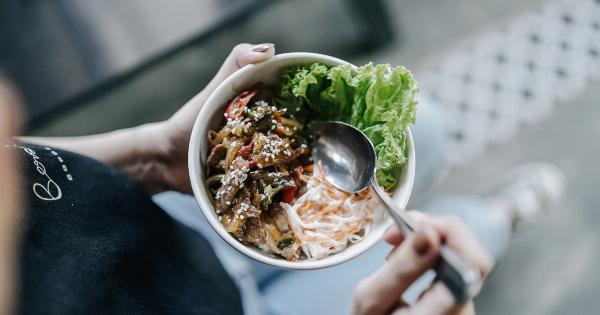Pizza is a beloved dish that is enjoyed by people all over the world. However, it is no secret that traditional pizza can be high in calories and not exactly the best choice for those trying to maintain a healthy diet.
Luckily, there are several ways to make healthier versions of this popular dish without sacrificing flavor. In this article, we will explore various tips and tricks to cut the calories while still keeping the deliciousness of pizza intact.
1. Choose Whole Wheat Crust
One of the most effective ways to make a healthier pizza is by opting for a whole wheat crust instead of the regular refined flour crust. Whole wheat crusts are higher in fiber, which helps with digestion and keeps you feeling fuller for longer.
Additionally, whole wheat crusts have a lower glycemic index, meaning they have a slower impact on blood sugar levels compared to refined flour crusts.
2. Load Up on Veggies
Veggies are not only packed with essential nutrients, but they also add bulk to your pizza without significantly increasing the calorie count.
Load up your pizza with a variety of colorful vegetables such as bell peppers, onions, mushrooms, spinach, and tomatoes. Not only will this enhance the nutritional value of your pizza, but it will also provide an array of flavors and textures.
3. Use Lean Proteins
Instead of the typical fatty meat toppings like pepperoni and sausage, opt for lean proteins such as grilled chicken, turkey, or even tofu for a vegetarian option.
These protein sources are lower in saturated fat and calories, making them a healthier choice for your pizza toppings.
4. Control the Cheese
Cheese is one of the main culprits when it comes to adding excess calories to a pizza. While it may be tempting to pile on the cheese, try to be mindful of the amount you use.
Consider using reduced-fat cheese or even experimenting with alternative options like goat cheese, feta cheese, or a sprinkle of nutritional yeast for added flavor without the high calorie content.
5. Go Easy on the Sauce
Traditional pizza sauces can often be high in added sugars and sodium. To cut down on calories, use a light hand when applying the sauce.
Alternatively, you can make your own sauce using fresh tomatoes, herbs, and spices for a healthier and more flavorful option.
6. Add Fresh Herbs and Spices
Herbs and spices are an excellent way to enhance the flavors of your pizza without adding extra calories. Experiment with a variety of herbs such as basil, oregano, thyme, or rosemary.
Spices like garlic powder, chili flakes, or smoked paprika can also add an extra kick to your pizza.
7. Choose Healthy Pizza Toppings
There are plenty of healthier alternatives to the typical pizza toppings. Instead of processed meats, consider using grilled veggies, fresh fruits, or even seafood like shrimp or salmon as toppings.
Get creative and try combinations like pineapple and ham, roasted eggplant and feta, or arugula and prosciutto for a unique and nutritious pizza experience.
8. Cut Down on Portion Sizes
Even with healthier ingredients, portion control is key to keeping the calorie count in check. Instead of indulging in several large slices, opt for a smaller portion size or share a pizza with a friend.
Pair your pizza with a side salad or a bowl of vegetable soup to create a satisfying and well-balanced meal.
9. Bake or Grill Instead of Deep-Frying
If you prefer making your pizza at home, choose to bake or grill it instead of deep-frying. Deep-fried pizzas are significantly higher in calories and unhealthy fats. Baking or grilling your pizza will result in a lighter and healthier final product.
10. Enjoy Pizza in Moderation
While it is possible to make a healthier pizza, it is still important to enjoy it in moderation as part of a balanced diet. Pizza should not be the staple of your diet but rather an occasional treat.
Keep in mind that even with these healthier modifications, pizza will never be as nutrient-dense as a salad or grilled chicken.






























